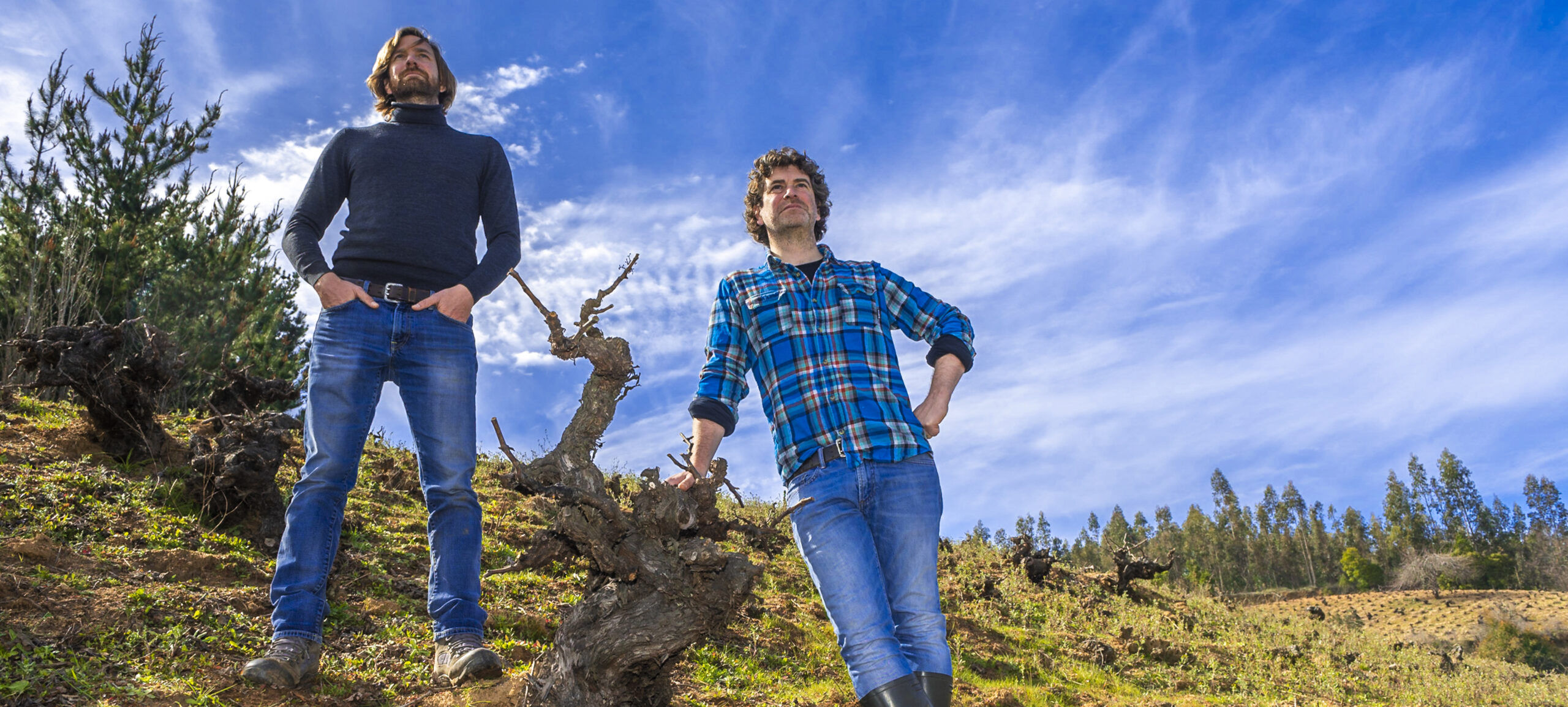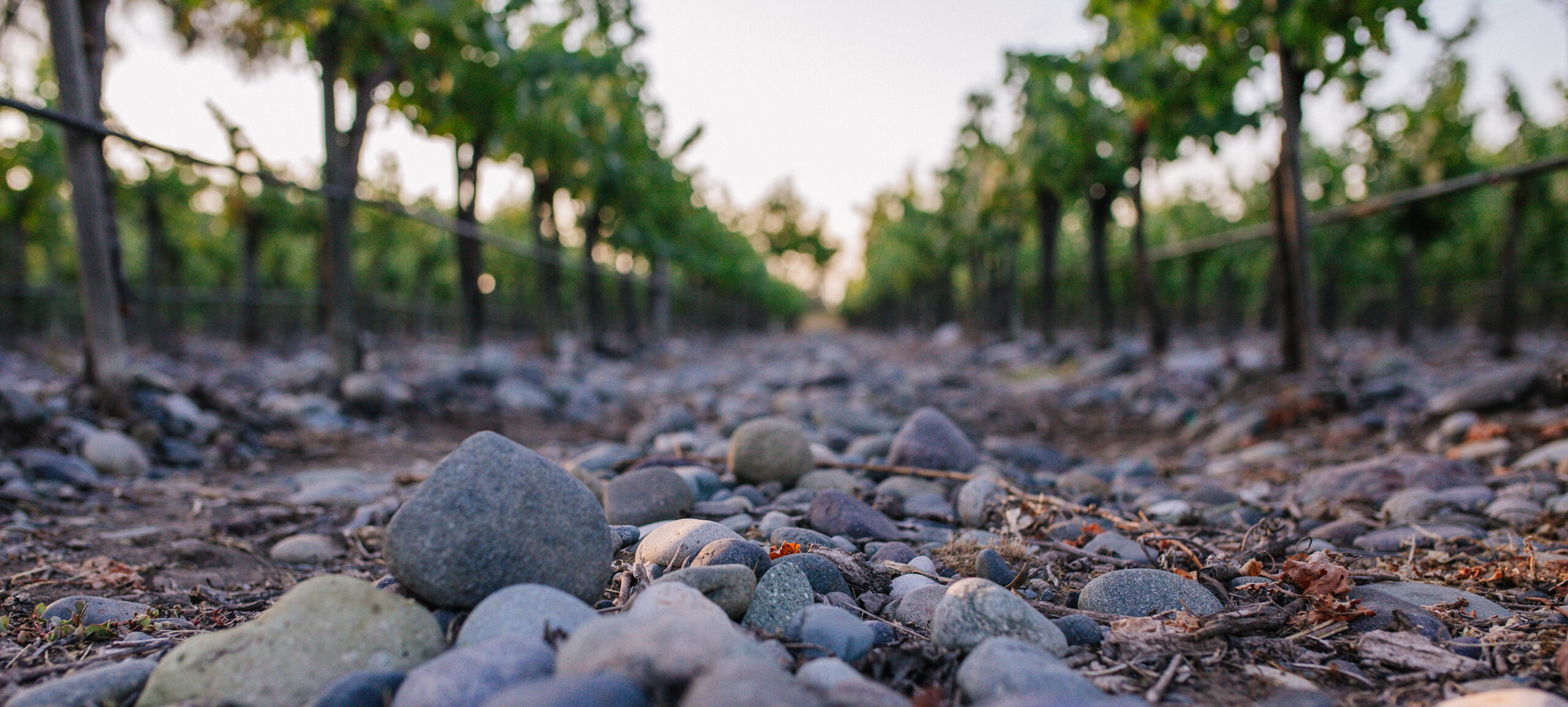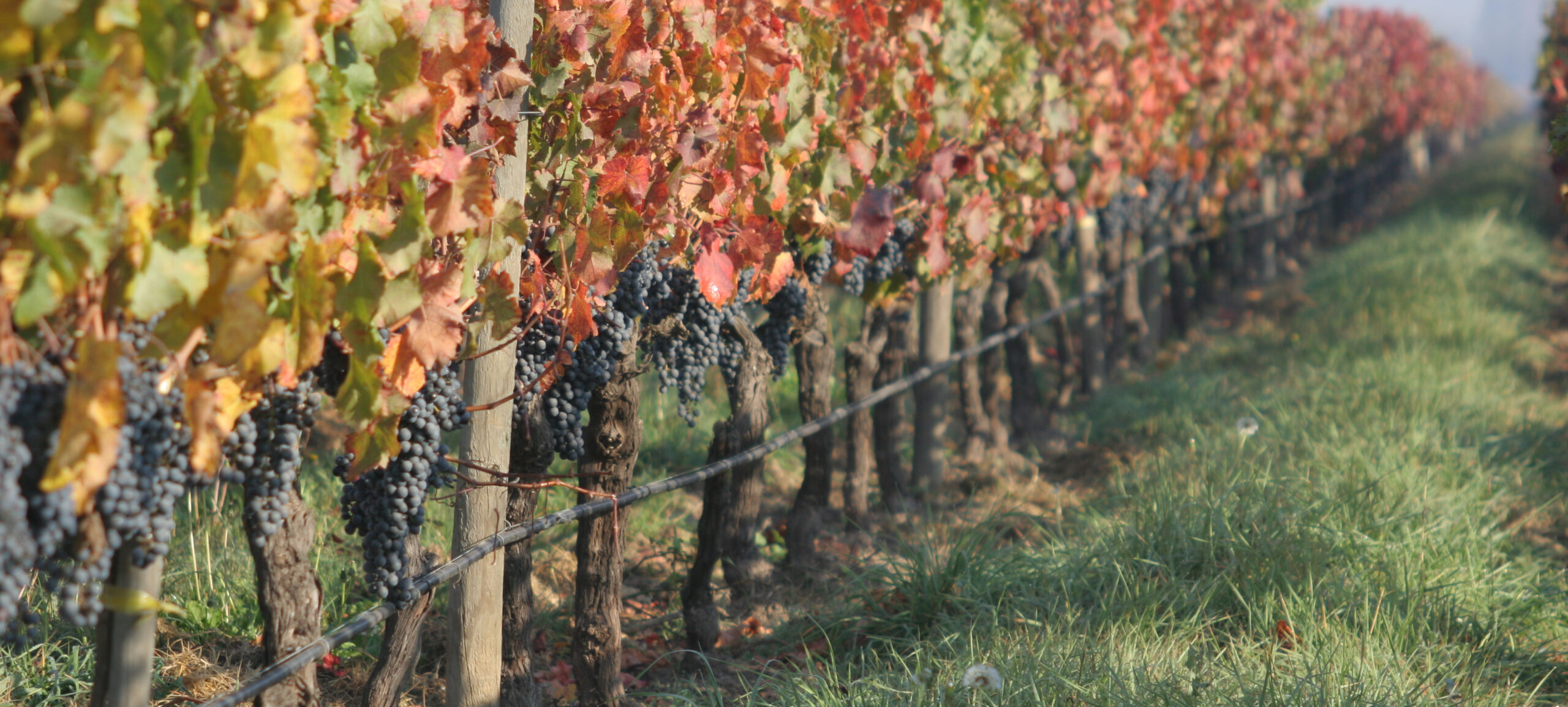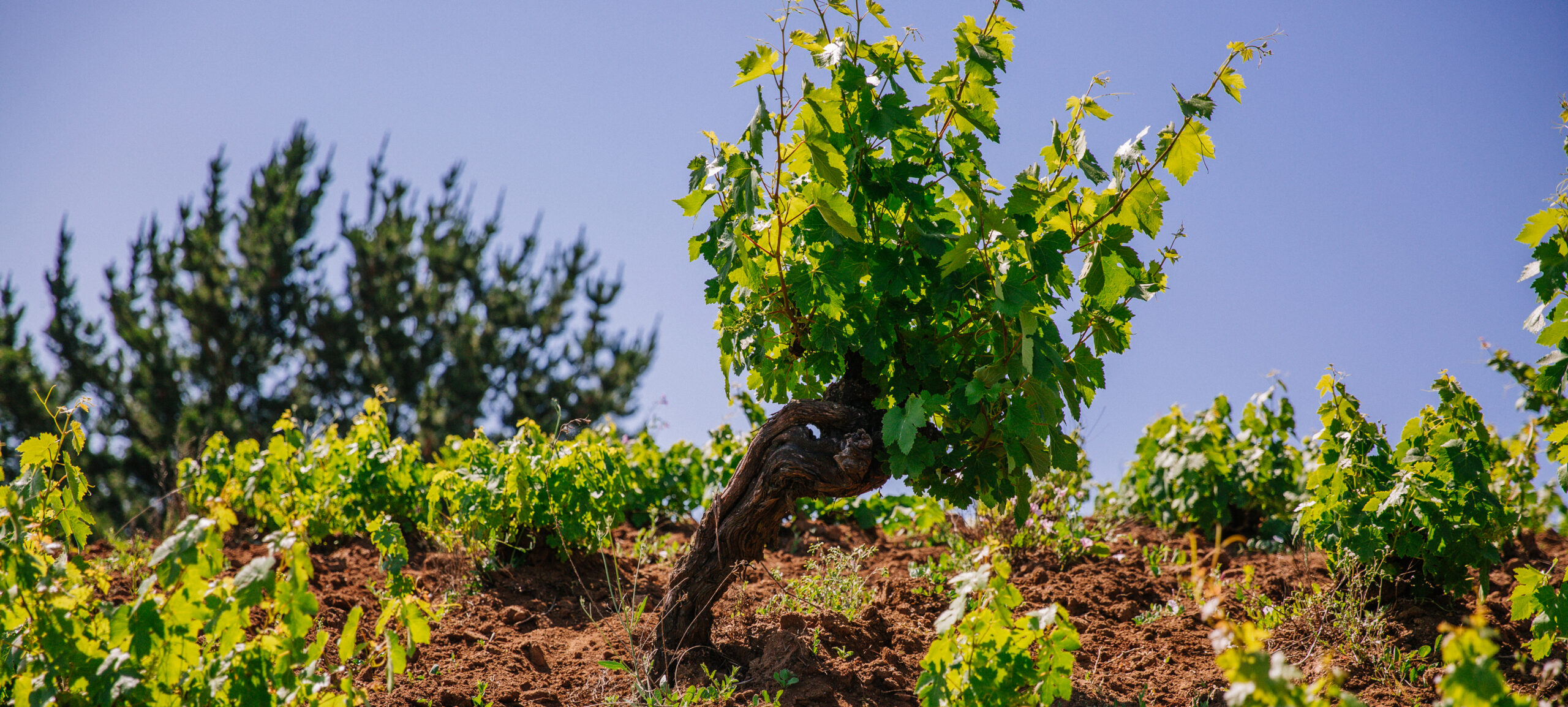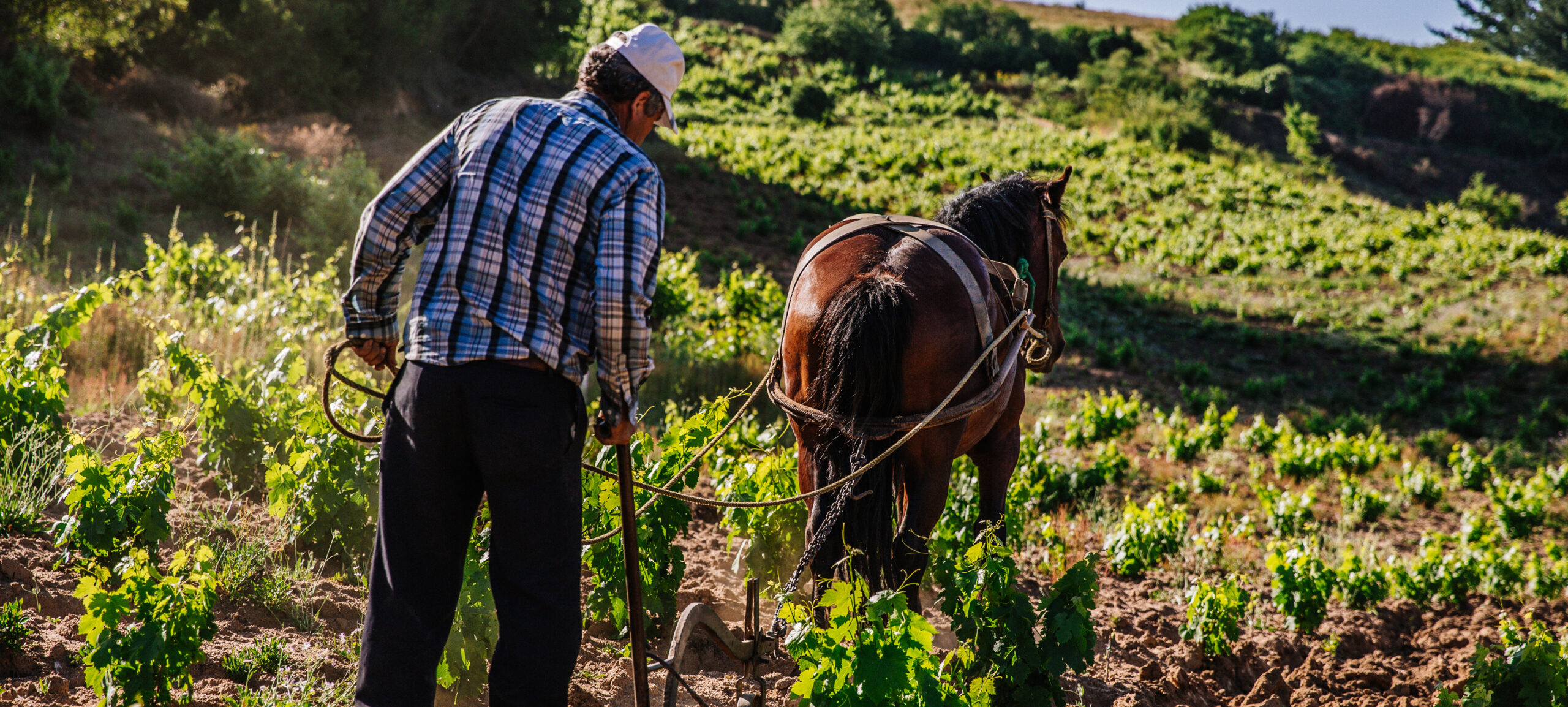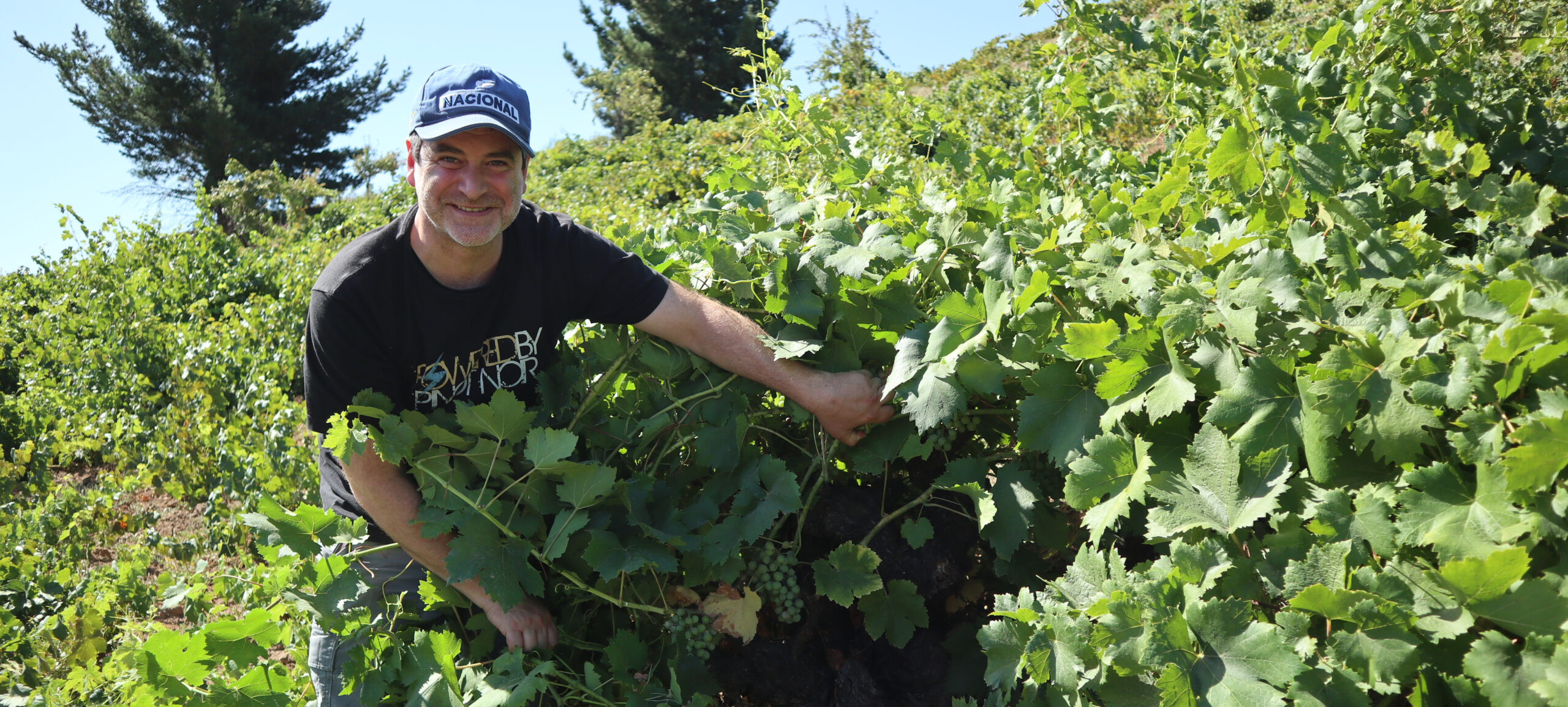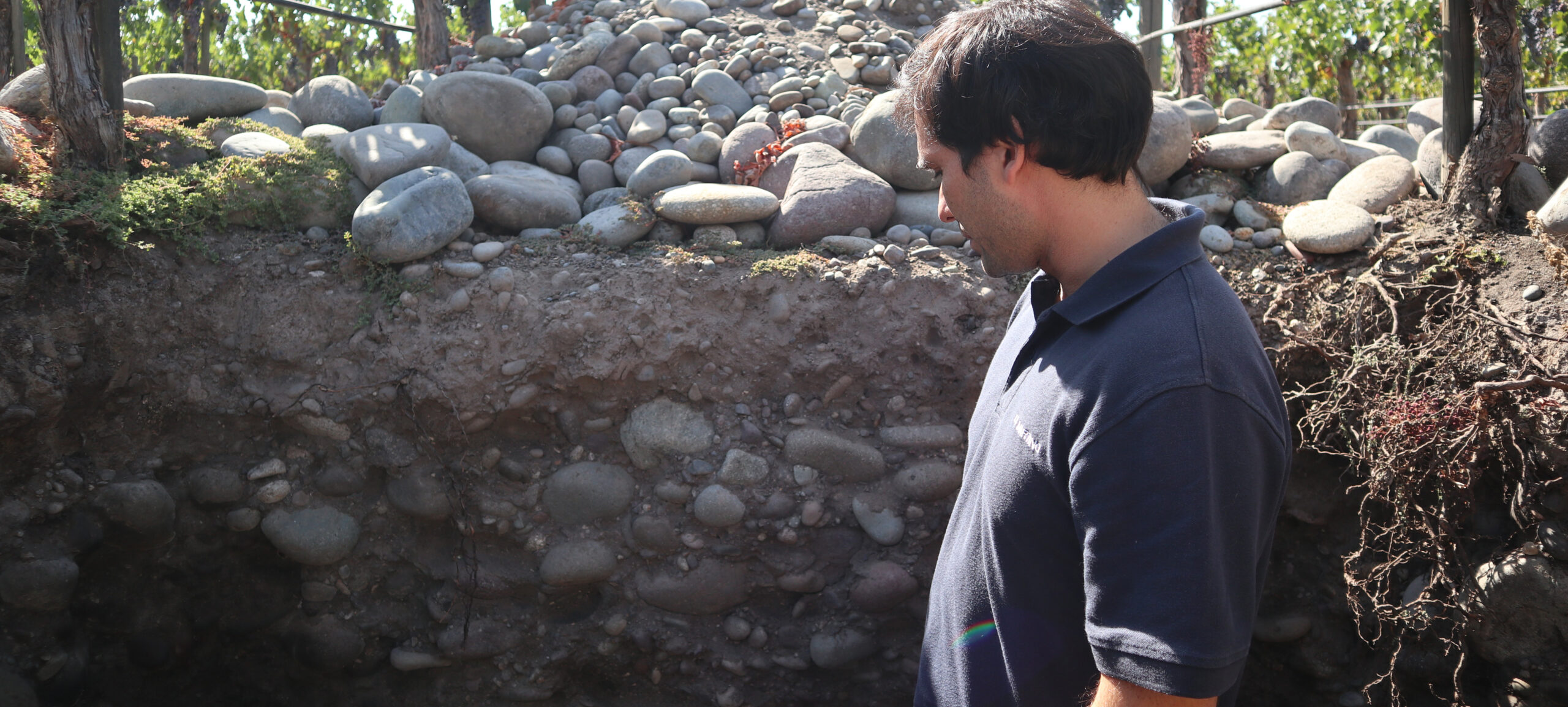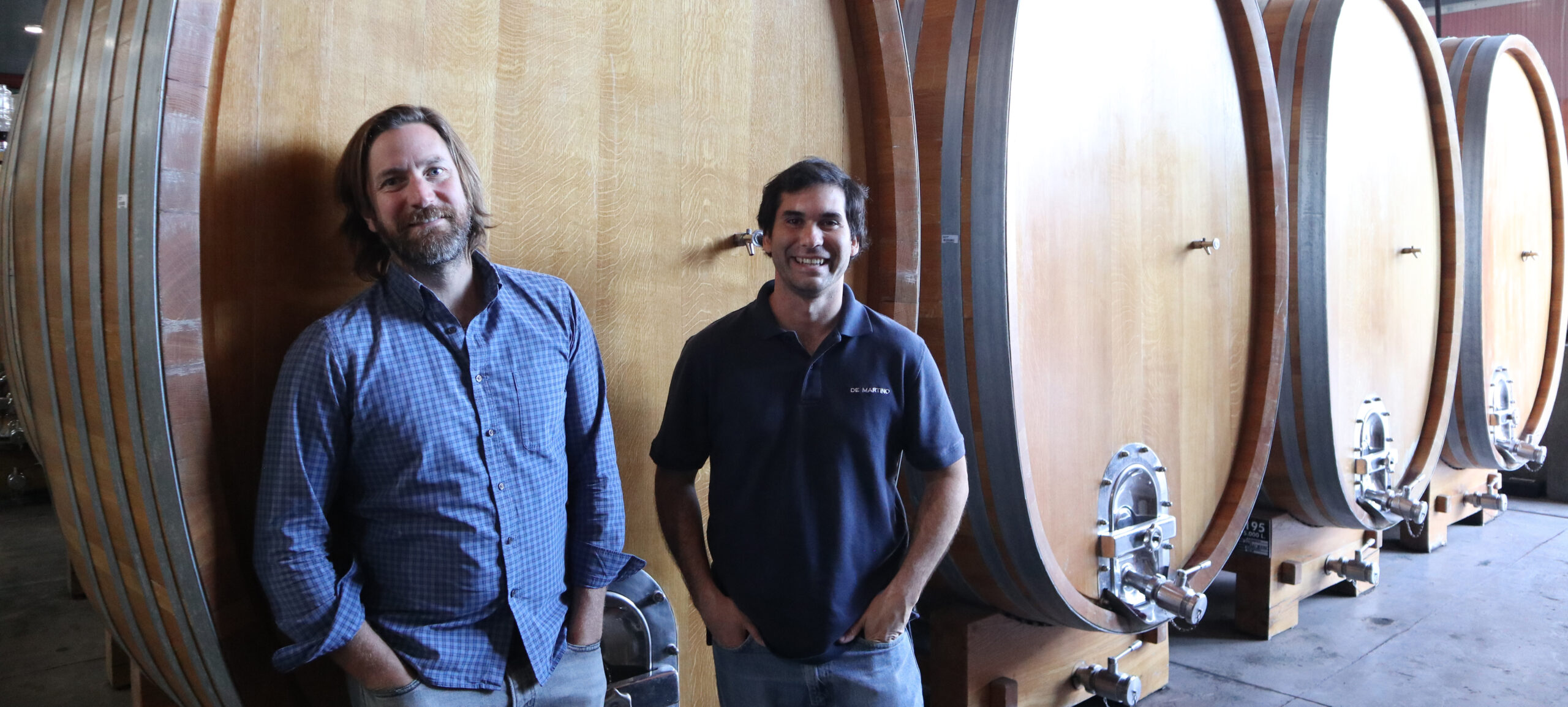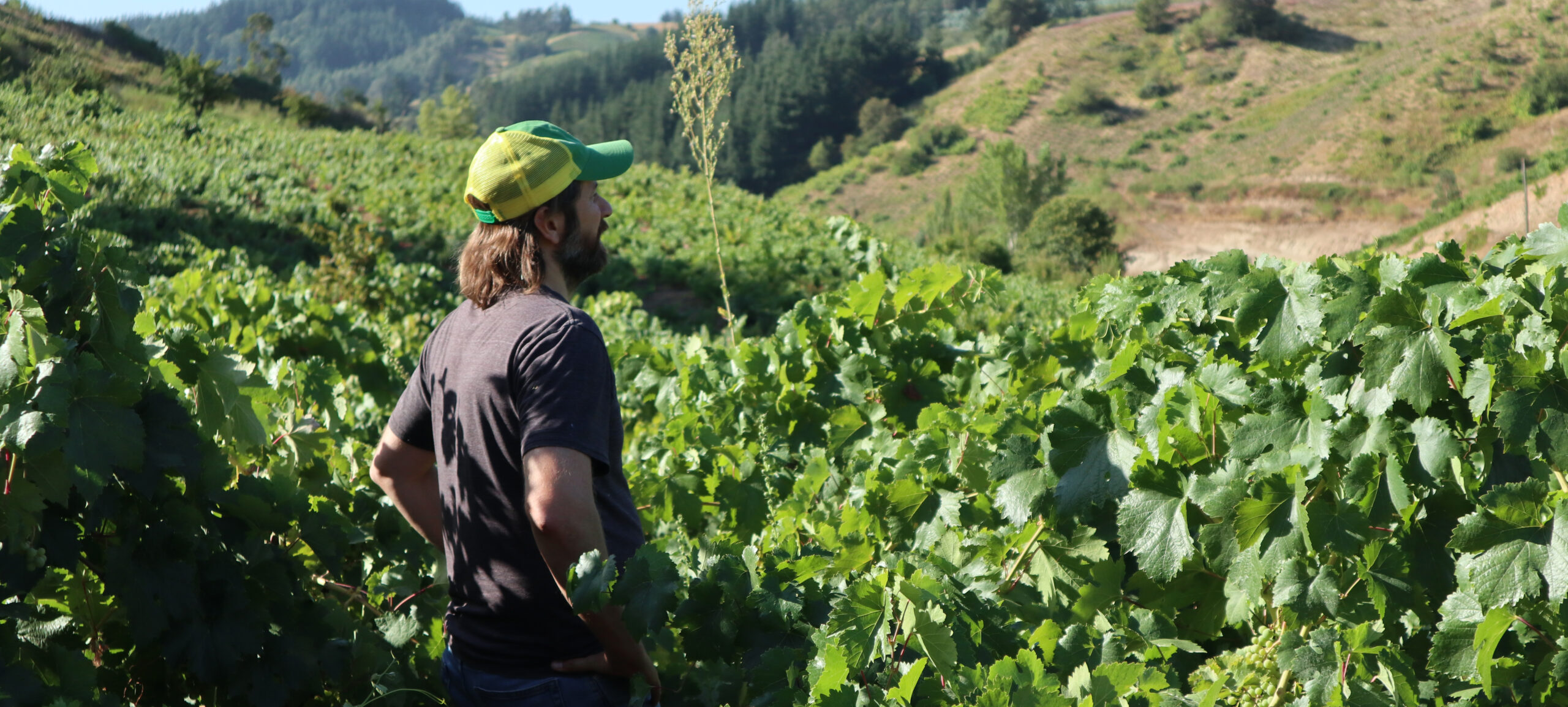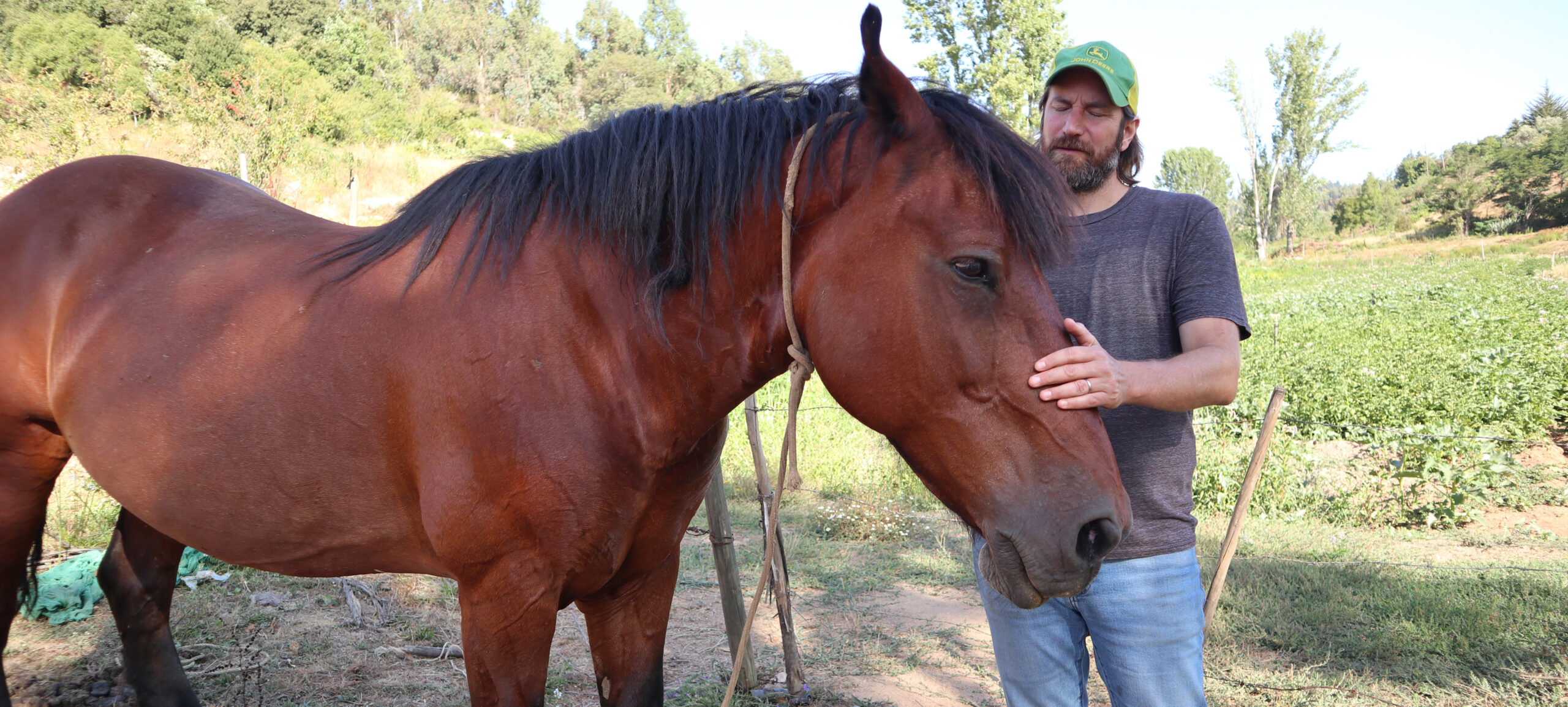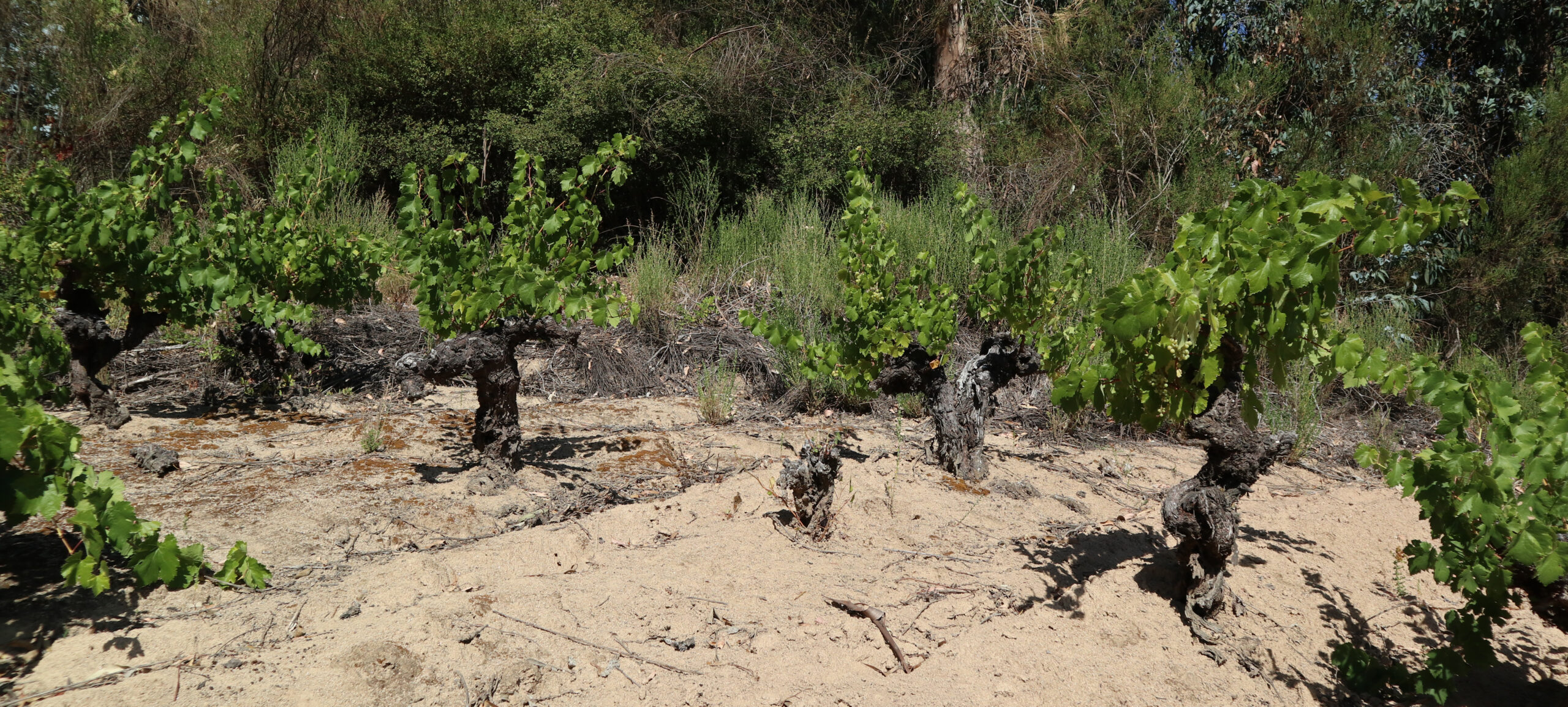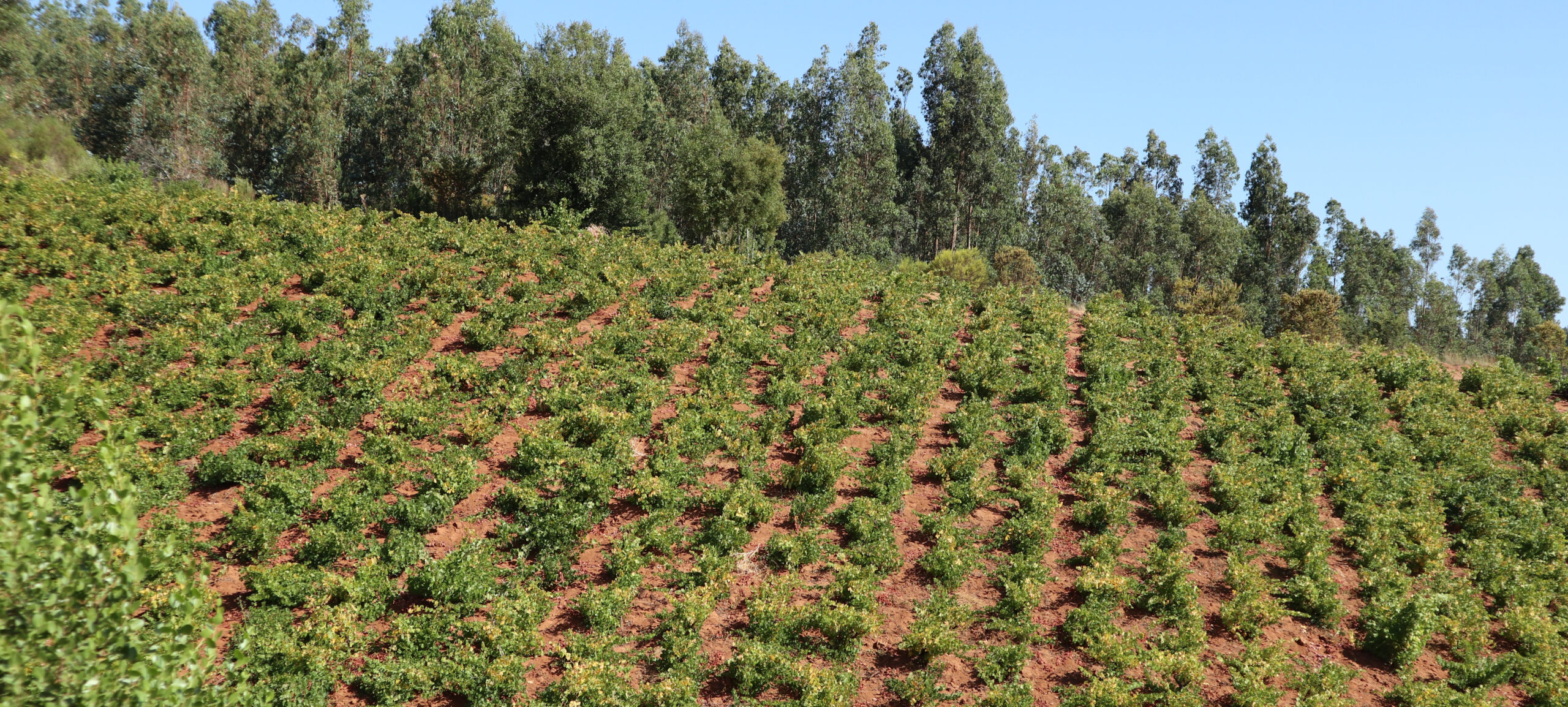The De Martino family has been producing wines in Chile since 1934. The winery is now run by the 4th generation – brothers Marco and Sebastian. Like the generations before them, they have been focused on producing wines that reflect their origin and the character of each vineyard, based on solid principles of sustainable farming and traditional winemaking methods. The brothers have a very strong attachment to their vineyards in two areas, the Isla de Maipo (Maipo Valley) and Guarilihue (Itata Valley). In both these places, they have successfully cobbled together over time a beautiful array of ungrafted vines.
Ungrafted vines are a privilege to farm and are scarce. Their uniqueness stems from their ability to transmit their origin at its purest level, both in terms of the specific grape variety as well as the underlying soil in which they are planted. The brothers’ passion for these two areas and their ungrafted vines led to the decision to create a new boutique wine brand, separate from the larger De Martino empire, and focused solely on these special areas and vines. And alas, Ungrafted was born with the 2020 vintage.
The De Martino brothers carefully tend the Ungrafted vines and continue to farm them under sustainable principles as they have been farmed for decades. They strive to produce wines from these great areas with a maximum expression of their terroir and using vinification methods that are traditional and that further highlight the place without “makeup”.
From the Isla de Maipo, they make two wines - a Carmenere and Cabernet Sauvignon. Isla de Maipo translates to “Maipo Island” and this area gets this name because the Maipo River splits into branches before coming back together creating an island in its center that was an old riverbed. The soils are classic riverbed gravels and this type of location and soil creates the perfect place for the Bordeaux varieties to grow.
In Guarilihue, their vineyard is part of the oldest vineyard tradition in the New World. Here in Itata, the first vines in the new world were planted in 1551. The climate here is best described as “maritime” with adequate rainfall to dry farm. The vines are grown on slopes of old granite soils and are bush-pruned. The traditional vineyard work is done by hand and by horse as is often still practiced throughout the area. Sebastian and Marco were lucky enough to be able to purchase a great old parcel in 2013 planted to both Cinsault and Muscat, and they continue with the traditional vineyard work. Both wines are fresh and elegant, with the Muscat in particular combining an alluring floral quality with searing acidity and lovely underlying soil tones.
Both of these areas and these types of wines make up a large part of both Chile’s long wine history as well as its current-day renaissance. We are excited to bring to you these expressions of terroir and history from a family that has a deep, important, and long history in Chilean winemaking.
